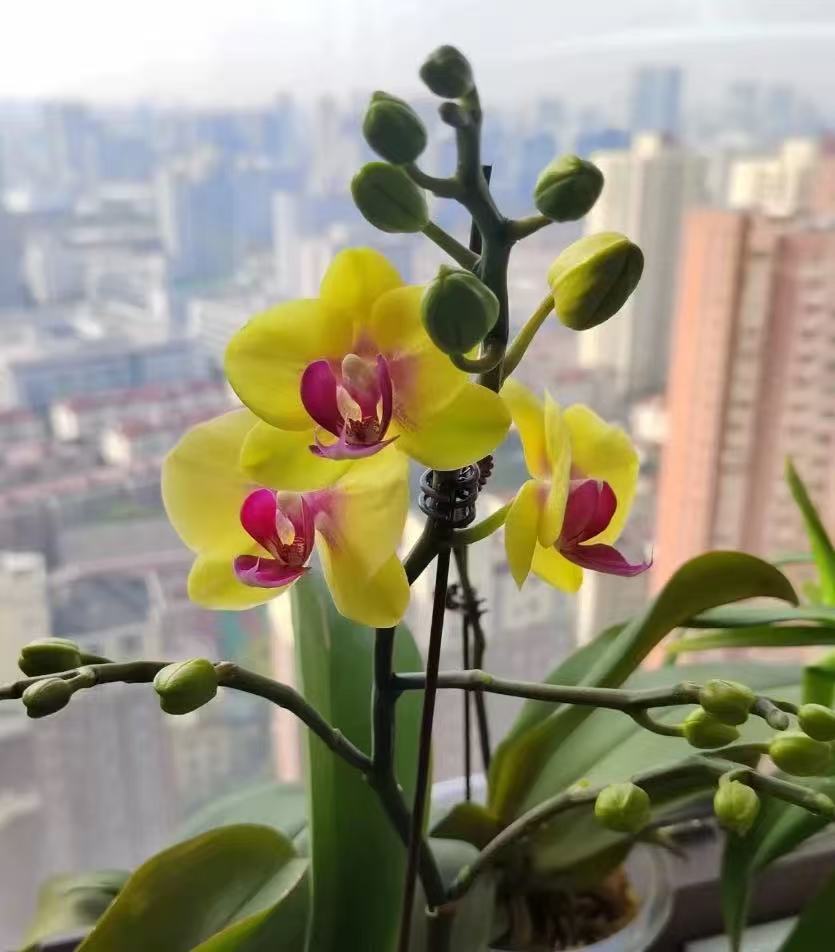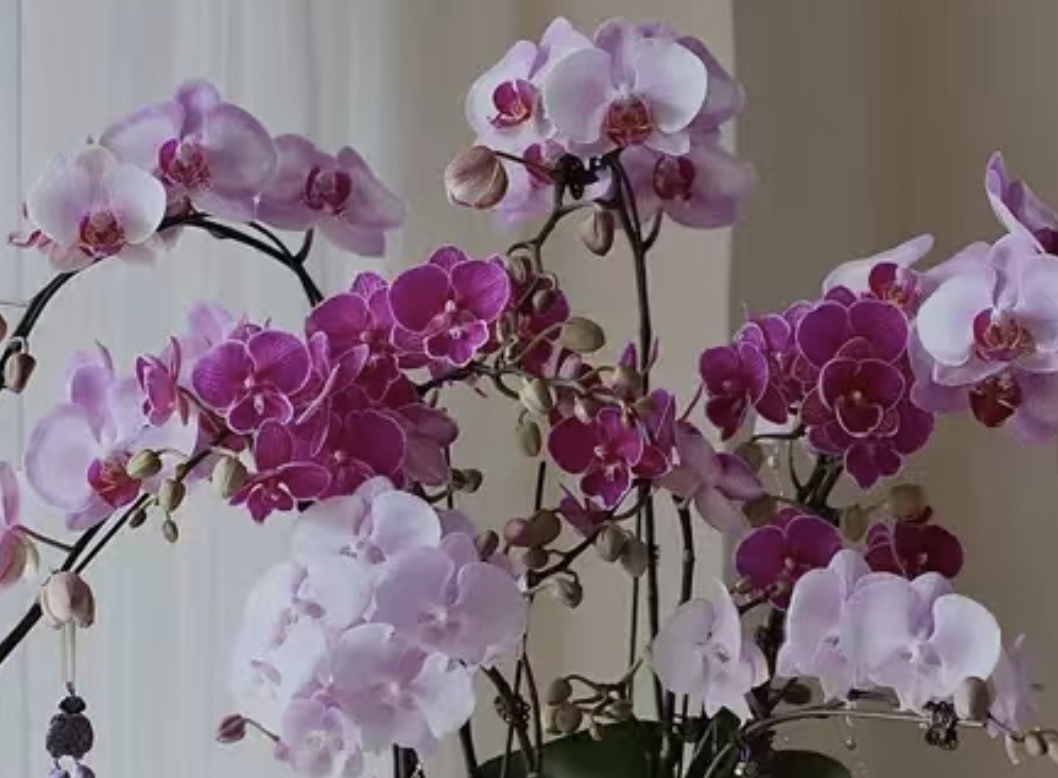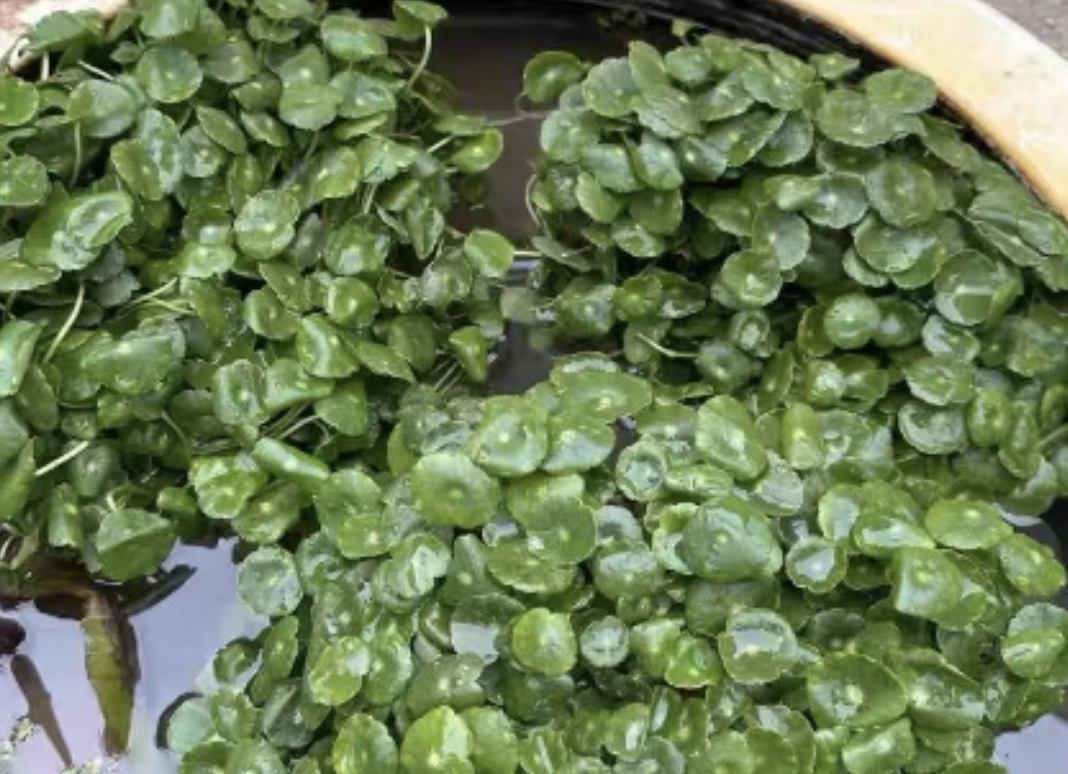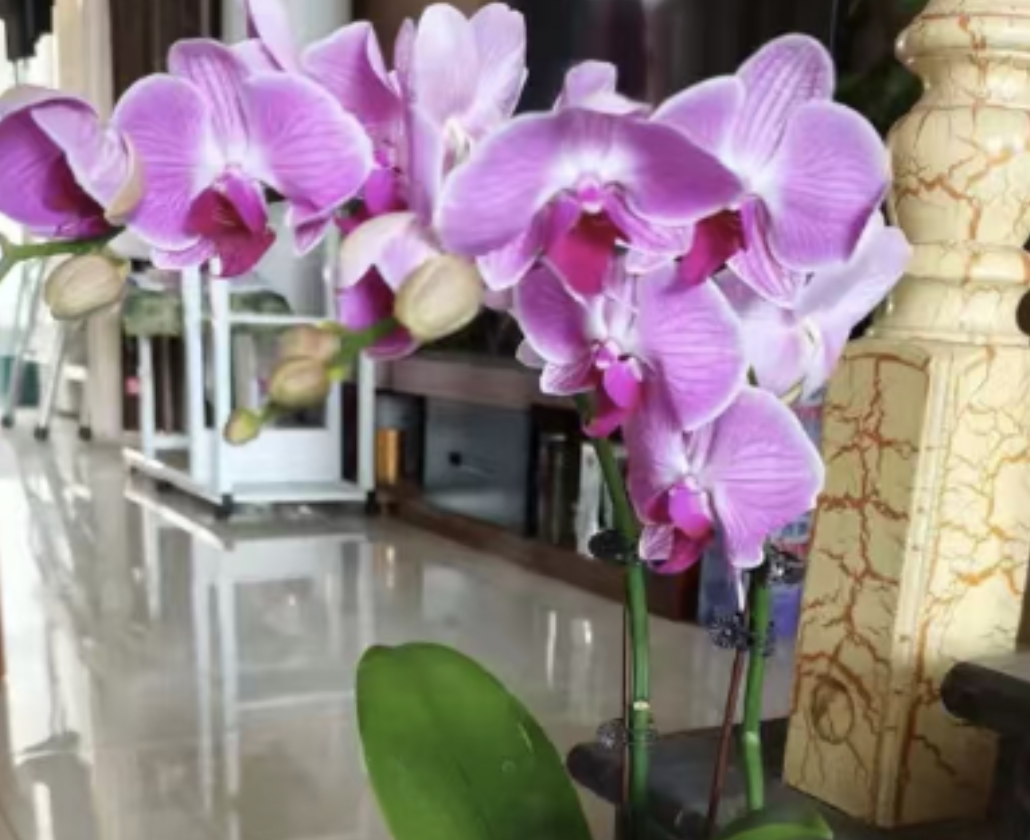Phalaenopsis is a perennial herbaceous plant. However, when the beautiful flowers gradually wither, many flower enthusiasts start to wonder: what should be done with Phalaenopsis after the flowers wilt? Is it possible for it to bloom again?
Handling of Phalaenopsis After the Flowers Wilt:
Pruning Flowers and Branches: The first step after the Phalaenopsis flowers wilt is to prune. The purpose of pruning is to remove the withered flowers and branches, reduce unnecessary nutrient consumption, and promote the healthy growth of the plant. When pruning, start from the base of the flower and gently cut off the withered flowers. Also, check if there are diseased branches, damaged leaves, or dense lateral branches on the plant, and these should be pruned off as well. If the plant is healthy and growing lushly, you can consider cutting the flower stalk at a position two growth nodes above the flower diameter. This helps the plant save nutrients, and small branches may grow from the bottom of the flower stem, and these branches may potentially re - bud flowers.
Changing the Pot and Soil: Phalaenopsis consumes a large amount of nutrients during the flowering period. Therefore, it is necessary to change the pot and soil in a timely manner after the flowers wilt. The old pot and soil not only lack nutrients seriously but may also breed bacteria, affecting the health of the plant. When changing, pay attention to choosing a pot of appropriate size to avoid excessive size causing waterlogging. At the same time, the new soil should have good air permeability and drainage to ensure the healthy growth of the plant's roots.
Supplementing Nutrients: After the Phalaenopsis flowers wilt, it is necessary to supplement nutrients in a timely manner to restore its growth vitality. You can choose to use a balanced water - soluble fertilizer with a large amount of elements for flushing application to provide comprehensive nutrition for the plant. When fertilizing, pay attention that the concentration should not be too high to avoid burning the roots. In addition, according to the growth of the plant, some trace element fertilizers can be appropriately supplemented to meet its growth needs. To promote the second flowering of Phalaenopsis, potassium dihydrogen phosphate solution can be supplemented regularly. This solution can be diluted with water and sprayed directly onto the leaves. It is generally recommended to supplement it once every two weeks.
Maintaining Environmental Humidity: Phalaenopsis likes a humid growth environment. Therefore, after the flowers wilt, pay attention to maintaining environmental humidity. You can increase the air humidity by spraying water around the plant, but be careful not to spray water directly onto the plant to avoid leaf rot. At the same time, maintain an appropriate growth temperature, generally between 20 - 30 degrees Celsius, and the night temperature should not be lower than 15 degrees Celsius.
Preventing and Controlling Pests and Diseases: After the flowers wilt, Phalaenopsis is vulnerable to pests and diseases. Therefore, regularly check the growth of the plant, and deal with pests and diseases in a timely manner once discovered. Special pesticides can be selected for treatment. At the same time, pay attention to maintaining good maintenance habits to enhance the plant's disease resistance.
It is possible for Phalaenopsis to bloom again after the flowering period ends. This mainly depends on the flower bud differentiation on its flower spike. If, after the flowers on the main branch of the flower spike have finished blooming, nutrients and water can be concentrated and supplied to the small flower buds that have already differentiated under the flower scape, then these small flower buds may grow rapidly and cause Phalaenopsis to bloom again in a short time. However, it should be noted that these re - budded flowers are usually not as bright as the first bloom.
In general, the quantity and quality of the second bloom of Phalaenopsis are closely related to its own growth state. If Phalaenopsis grows healthily and is properly fertilized and maintained before flowering, so that it has sufficient nutrient reserves, then the second bloom can produce relatively standard flowers, and the flowering period is almost the same as the first crop of flowers. Therefore, for enthusiasts who want Phalaenopsis to bloom again, it is very important to have an in - depth understanding of its growth needs and maintenance techniques.
How to Deal with Phalaenopsis After the Flowers Wilt?

Share with
Tagged in :




Leave a Reply